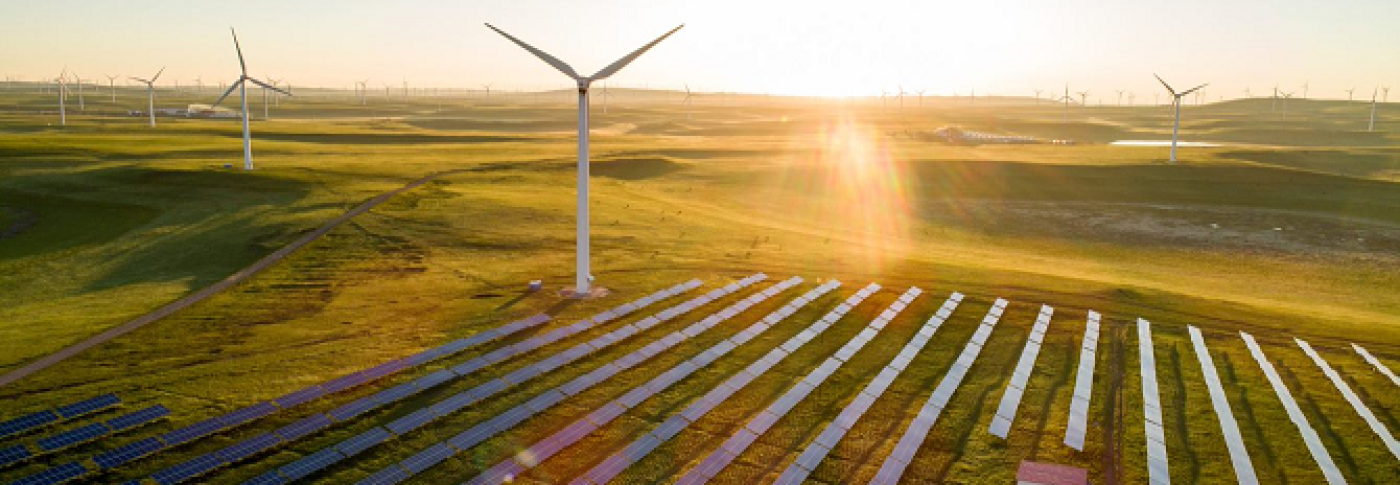ESO publishes “Beyond 2030” – a £58bn investment plan in…
19 Mar 2024 - 3 minute read

23 May 2022 - 2 minute read
As we move towards net-zero we need to find new engineering solutions to ensure that the high levels of reliability and efficiency in electricity networks that exist today are maintained as we decarbonise our network.
We have one of the world’s most reliable electricity networks, but our role is to be prepared for the most extraordinary of scenarios, including a nationwide power outage.
One of the key engineering challenges we are tackling on the road to net-zero, is how to decarbonise these last-resort security actions, such as restarting the national network, so that we can make sure that all of the tools at the ESO’s disposal, no matter how unlikely to be used, can be based on low-carbon sources.
To support this process, we’ve worked with Scottish Power Networks and consultancy TNEI over the last three years to develop our Distributed ReStart project.
This project enables low carbon energy resources on the distribution network, rather than the national transmission network to provide this service, in a world first approach to incorporating low carbon electricity to support the repowering of networks in a worse case scenario.
We have recently delivered a landmark step in this project with the first physical trial in Galloway, south-west Scotland, enabling the repowering of a test section of the national network using hydro and wind power for the first time.
This trial marks the first stage of the project in demonstrating the capabilities of locally sourced electricity from renewable and low-carbon sources to repower the network in an emergency situation. Further trials are planned throughout the year, with the intention of rolling out a national framework as a result of this project.
You can learn more about the Distributed ReStart project here